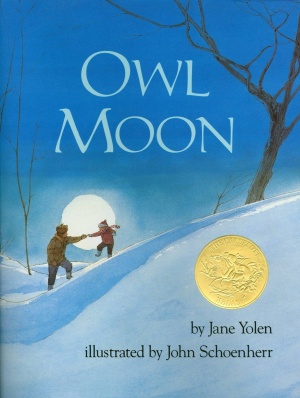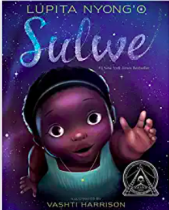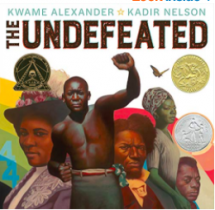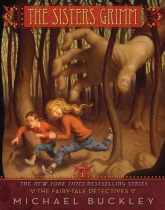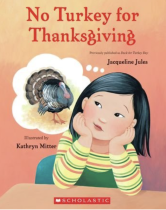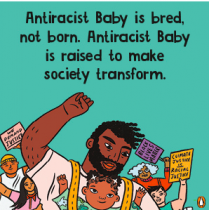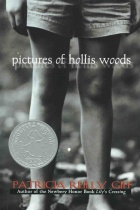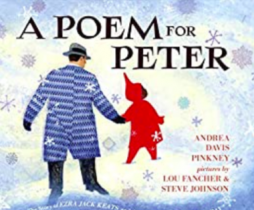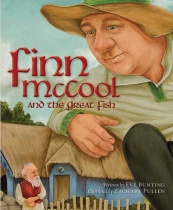Evaluation
As I looked at the illustrations I noticed pure simplicity and serenity. The pages are full of neutral colors and the landscapes are simple besides the detailed bark of the trees. In the beginning pages there is one hidden animal to find. I think the genre of this book is unique for a variety of reasons. “Owl Moon” may be used to introduce a “winter” theme or it can be used to introduce a natural science/environmental science theme within the classroom. Not only are the pictures in this novel beautiful but it describes nature using the five senses. The narrator can “hear the train and dog whistles”, “feel the cold, burning sensation of the wind on her cheeks”, “taste the furry fabric of her scarf” and “see the enormous wing span of the owl.” Not only does this poem introduce basic imagery but it also introduces figures of speech. In the beginning of this storybook, similes and metaphors are introduced when Yolen describes the air as being “as quiet as a dream” and the snow like “white milk in a cereal bowl.” However, even below the surface the reader can find a deeper purpose in the book “Owl Moon.” Yes, the author is concentrating on the beauty of nature and the great escape from the chaotic world we live in, but the author also weaves in themes of hope and perseverance. The little girl was cold, but she stayed quiet, she had to run after her dad, but she stayed quiet, she was afraid of the shadows behind the trees, but she stayed quiet. She persevered despite the pain she was in and found beauty in the process.
There are many ways I could use this lesson in my classroom. I may decide to start a unit on owls and read “Owl babies” by Martin Waddell. I may focus this lesson more as an introductory lesson on observing and discovering imagery. Perhaps the students would arrange themselves in pairs of two to read this book again and record the imagery they find. I could create an imagery wall out of the words the class finds and I may pair this with a word activity. The students could pick a random descriptive word or phrase out of an imagery box and then create a story or a drawing based upon their imagination. I could also incorporate an art project where the students create their own water color page to add to the story. Below the picture the students may choose to write either a simile or a metaphor that captures their painting. This book and the corresponding activities would be appropriate for third and fourth graders.
